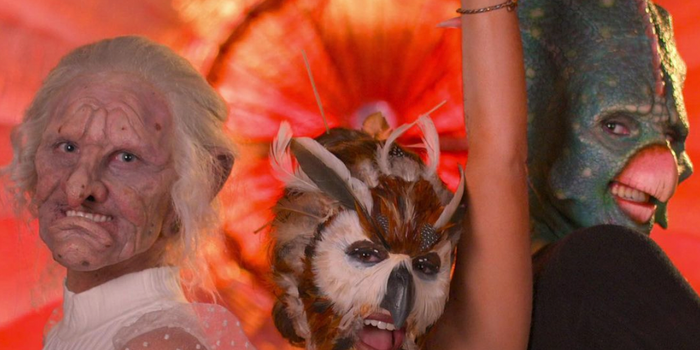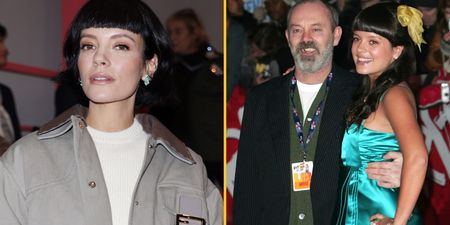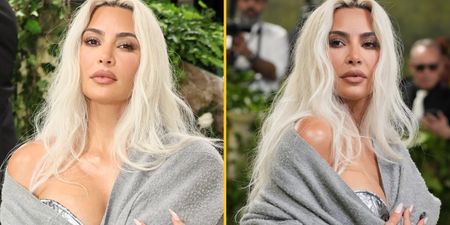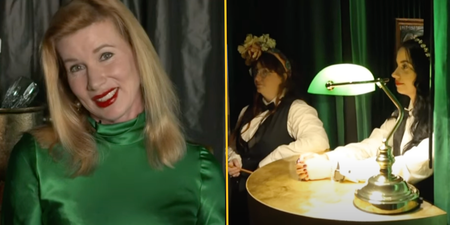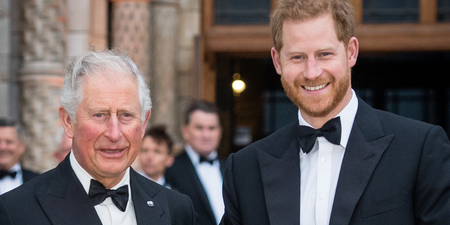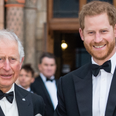The Furries are furious
The market for new dating shows is so saturated that carbon copies of already existing shows are becoming the staple; I’m looking at you Too Hot to Handle.
But in a bid to bring something new to the market, Netflix launched “Sexy Beasts”, which sees hopeful singletons attempt to make a connection without a person’s ‘attractiveness’ playing a part in the decision making.
Like some bizarre acid trip, hopefuls on Netflix’s new dating show are clad in various strange costumes and themed animal masks. Social media users have largely shared their praise but overall confusion by the show.
“I’m two episodes into Sexy Beasts on Netflix and it is… it is just perfect garbage for where my brain is at right now,” writes one user.
I'm two episodes into Sexy Beasts on Netflix and it is… it is just perfect garbage for where my brain is at right now. pic.twitter.com/jhKPElZXlT
— 🌻 Dr Lich Plz 🍄 (@lichplz) July 21, 2021
“I’ve never done LSD but I imagine it’s like watching an episode Sexy Beasts. Sweet merciful Jesus.”
However, not all responses have been pleasant.
“I think [the makers of the show] are not coming out explicitly and saying Furry, but I think they know there’s an awareness,” says Joe Strike, author of Furry nation.
“I think they’re trying to piggyback on that without coming out at themselves and saying the “F word”.
https://www.instagram.com/p/CRrMdNSDzXY/
“It is such a massive subculture, that there’s a huge amount of variety and diversity,” Katherine Gates told Metro.
“It is a subculture which has a higher proportion of non-white people than some other subcultures and a high proportion of gay, trans and non-binary people. Because it’s a very, very open culture and you feel welcome no matter who or what you are.”
So surely, if Furries are part of a larger culture, then Netflix’s Sexy Beasts are not piggybacking off that. They are not trying to be part of Furry culture but instead are removing vain aesthetic choices in an original and contemporary way.
Similarly to Strike, journalist Riley Black emphasises that Furry culture is largely personalised and individual. In her piece for SLATE, she describes her own choices in creating her “fursona”.
https://www.instagram.com/p/CRnx_lajTan/
“A fursona can be an animal representation of who you are, who you wish to be, or a part of yourself you want to explore. Foxes, wolves, and dogs are popular because they’re seen as social, happy animals,” she writes.
The premise of being a furry is that you can express yourself in animal form however you please. And that can literally be transformative. In my case, my glitter-punk jaguar avatar started as a representation of who I was before my transition.
